City Dogs, Big Lives: How to Raise a Happy Dog in a Busy Urban Jungle
The complete guide for modern dog owners navigating sidewalks, skyscrapers, and the sensory overload of city life.
City living with a dog is a unique adventure. You’re side by side with your pup on busy sidewalks, dodging strollers and scooters, sipping iced coffee at dog-friendly cafés, or hopping in a rideshare together. From street vendors to rooftop patios, city dogs are exposed to more stimuli in a single day than most rural dogs experience in a week.
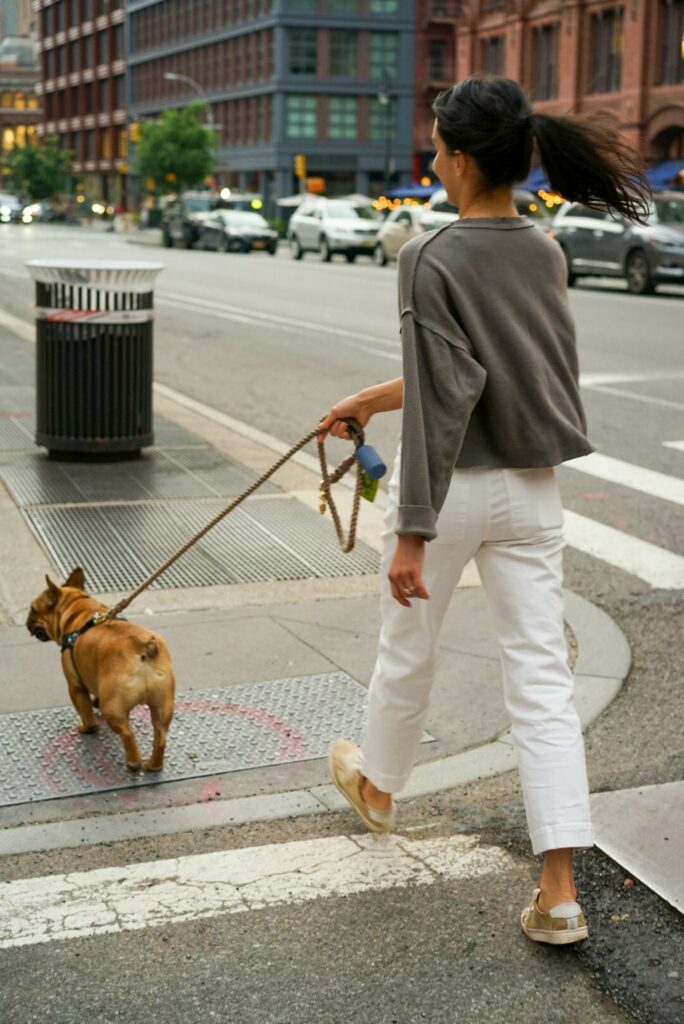
But with all the vibrancy comes challenges. Urban environments can be overstimulating, crowded, noisy, and unpredictable—conditions that require thoughtful dog parenting to ensure your companion isn’t just surviving, but thriving in the big city.
The Urban Dog Reality
Dogs were bred with jobs in mind: hunting, herding, guarding, retrieving. In contrast, city dogs are expected to be polite, quiet, adaptable, and leash-savvy in an environment full of honking horns, blaring sirens, construction, strangers, and dogs of all shapes and temperaments.
Without intentional care, this can lead to overstimulation, anxiety, behavioral issues, and in some cases, reactivity or fear-based aggression.
“City dogs are exposed to a huge amount of input—visual, auditory, olfactory, and social—on a daily basis,” says Dr. Renée Allister, a veterinary behaviorist based in Chicago. “Their success depends on how well their owners can set them up to cope with that overload.”
Urban Essentials: What Every City Dog Needs
1. Basic Obedience Training is Non-Negotiable
Urban environments demand more from dogs. You’ll need to ensure your dog responds reliably to:
- Sit (to prevent jumping at strangers)
- Stay/Wait (useful at crosswalks and elevators)
- Leave it (for garbage, food scraps, and potential hazards)
- Heel or “Let’s go” for sidewalk walking
- Recall (even if off-leash areas are rare, accidents happen)
Professional group training classes are widely available in cities and are a great way to socialize while reinforcing commands under distractions.
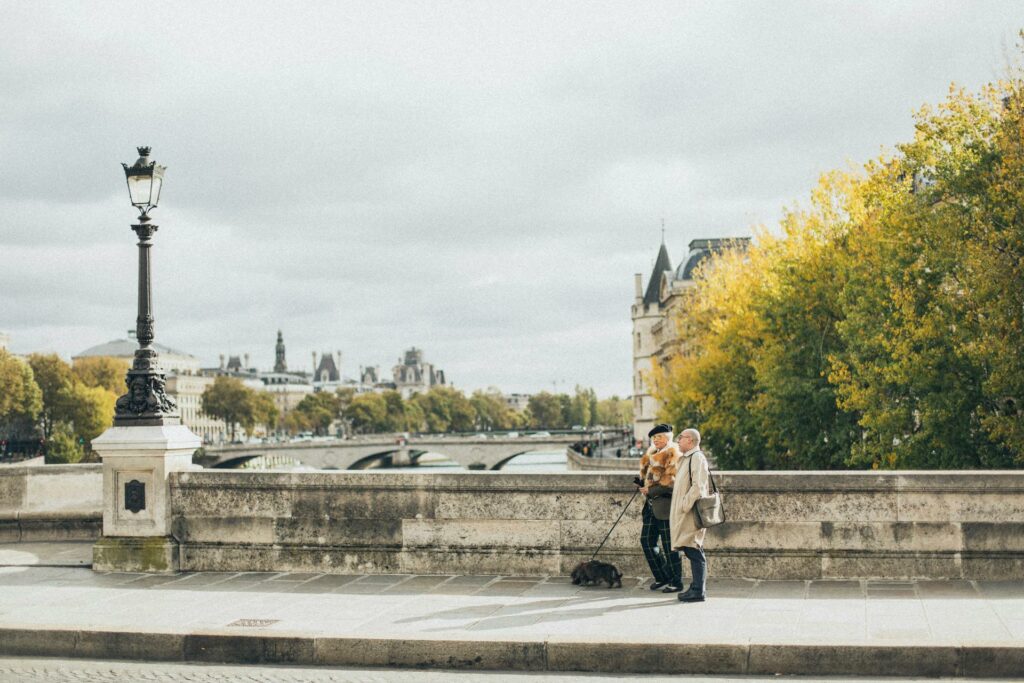
2. Elevator Etiquette and Stairs Confidence
For many city dwellers, your pup’s commute includes elevators and steep staircases. Desensitization is key. Start by:
- Encouraging your dog to sit calmly while waiting
- Entering last so they don’t rush in or out
- Avoiding tugging on the leash if they hesitate—build confidence slowly
Older dogs and certain breeds (like Dachshunds or Corgis) may struggle with stairs. Consider ramps or harnesses with handles if necessary.
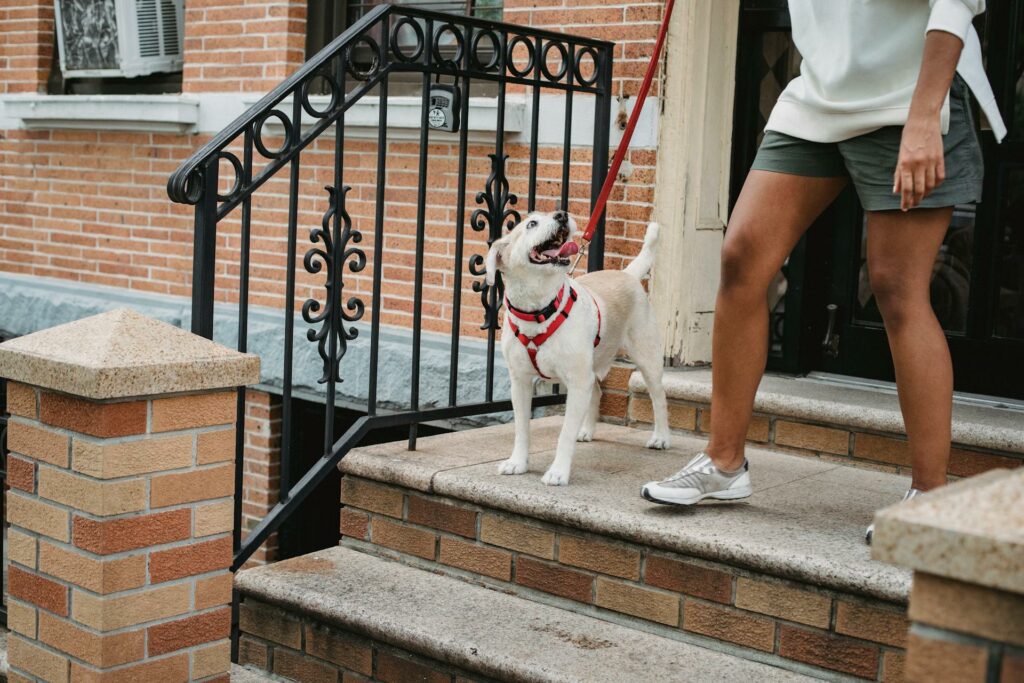
3. Leash Reactivity Management
Close quarters mean your dog is going to encounter unfamiliar dogs and people constantly. Some dogs get nervous, frustrated, or defensive when leashed in crowded areas—a phenomenon called leash reactivity.
To reduce it:
- Avoid tension in the leash—keep it loose
- Use high-value treats to reward calm behavior when passing stimuli
- Practice creating distance (crossing the street or stepping aside) when needed
- Avoid crowded dog parks if your dog seems overwhelmed
Tip: A well-fitted front-clip harness can help reduce pulling and provide more control without pain or stress.
4. Mental Stimulation Indoors
Without a backyard, dogs in apartments need more intentional enrichment. Consider:
- Interactive puzzle toys that reward problem-solving
- Stuffed KONGs with frozen peanut butter or yogurt
- Scent games like “find the treat”
- DIY obstacle courses using pillows, furniture, and low hurdles
- Short, fun training sessions for new tricks or agility cues
Boredom is often the root of destructive behavior. A tired brain = a calm dog.
5. Create a Sanctuary at Home
Your apartment may be compact, but your dog still needs a space to decompress. This could be:
- A covered crate with soft bedding
- A cozy dog bed in a quiet corner
- A designated nook with their favorite toys and no foot traffic
In high-rise buildings, dogs may also be sensitive to hallway noises, slamming doors, or footsteps above. White noise machines or calming music can help mask unsettling sounds.
Walking in the Wild (Urban) World
City walks are sensory-rich adventures. To keep them safe and stress-free:
- Use short, secure leashes (4–6 feet) rather than retractables
- Teach your dog to walk on the inside of the sidewalk, away from cars and bikes
- Always carry poop bags, training treats, and a collapsible water bowl
In warmer months, check the pavement with the back of your hand—if it’s too hot for you, it can burn their paws. Opt for early morning or evening walks during heatwaves.
Finding Nature in the Concrete Jungle
You might not have a backyard, but your dog still craves nature. Explore:
- Designated off-leash parks
- Botanic gardens or trails that welcome leashed dogs
- Rooftop dog areas in your building or nearby hotels
- Weekend day trips to nearby trails, beaches, or countryside towns
Apps like AllTrails, BringFido, and Sniffspot can help you discover safe, green oases—even private backyards for rent by the hour.
Smart Socialization
City life means constant exposure to strangers, kids, strollers, cyclists, delivery workers, and other pets. Proper socialization—starting from puppyhood or in rescue dogs—is vital to prevent fear or reactivity.
Expose your dog gradually to:
- Crowds (markets, sidewalks)
- Cafés and patios
- Elevator rides
- Calm, well-socialized dogs
Important: Read your dog’s body language. If they seem overwhelmed, retreat and give them space. Socialization should be positive, not forced.
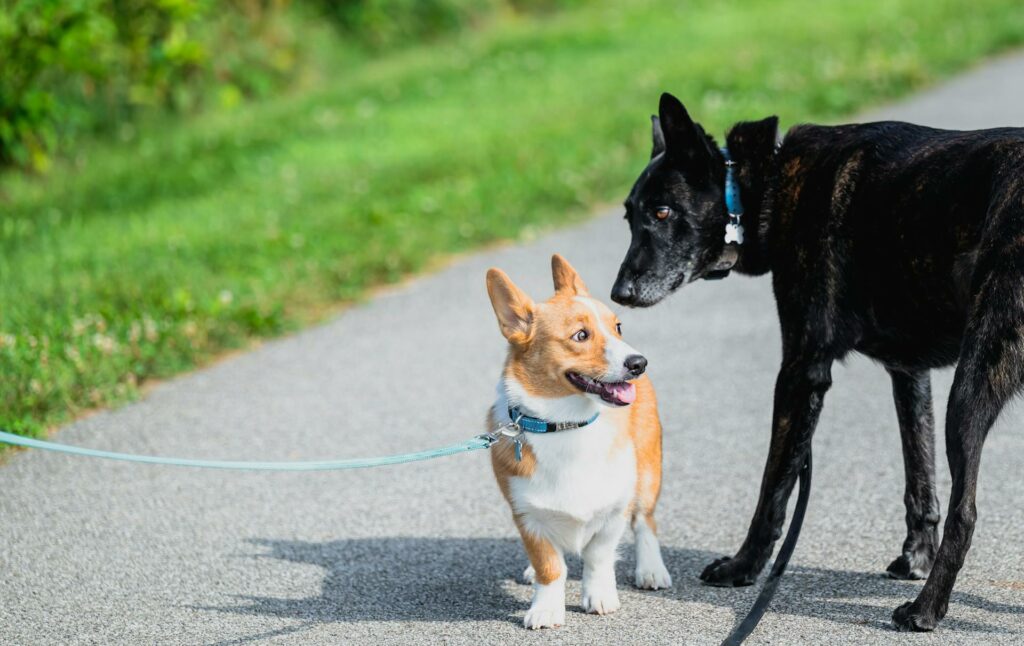
Bonus: Urban Dogs Make Great Travel Companions
City dogs are often adaptable, confident, and used to chaos—qualities that make them ideal for travel. With the right training, they can:
- Ride calmly in public transit
- Settle in hotels or Airbnbs
- Navigate unfamiliar sidewalks or parks
Just be sure to carry:
- Proof of vaccinations
- A lightweight leash and harness
- Water, wipes, and collapsible bowls
- A familiar toy or blanket for comfort
Emotional Well-being Matters
City dogs might be social media stars, but they still need emotional grounding:
- Stick to regular routines for walks and meals
- Practice positive reinforcement rather than punishment
- Use calming supplements (vet-approved) during fireworks or thunderstorms
- If signs of anxiety persist, talk to your vet or a behaviorist
Final Thoughts
Living in a city doesn’t mean compromising your dog’s quality of life—it just means thinking differently. With smart training, routine, and creative enrichment, you can give your dog a deeply fulfilling urban existence.
So go ahead—explore sidewalk cafés, train for a fun run together, or just curl up at the window and watch the taxis pass by.
Big heart. Small apartment. Happy dog. That’s the new standard for modern dog parenting.






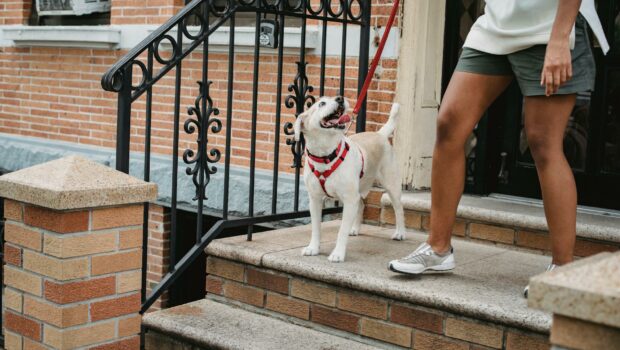














Very Informative Article And also Very Easy to understand. i hope you will keep posting this type of article. THANK…